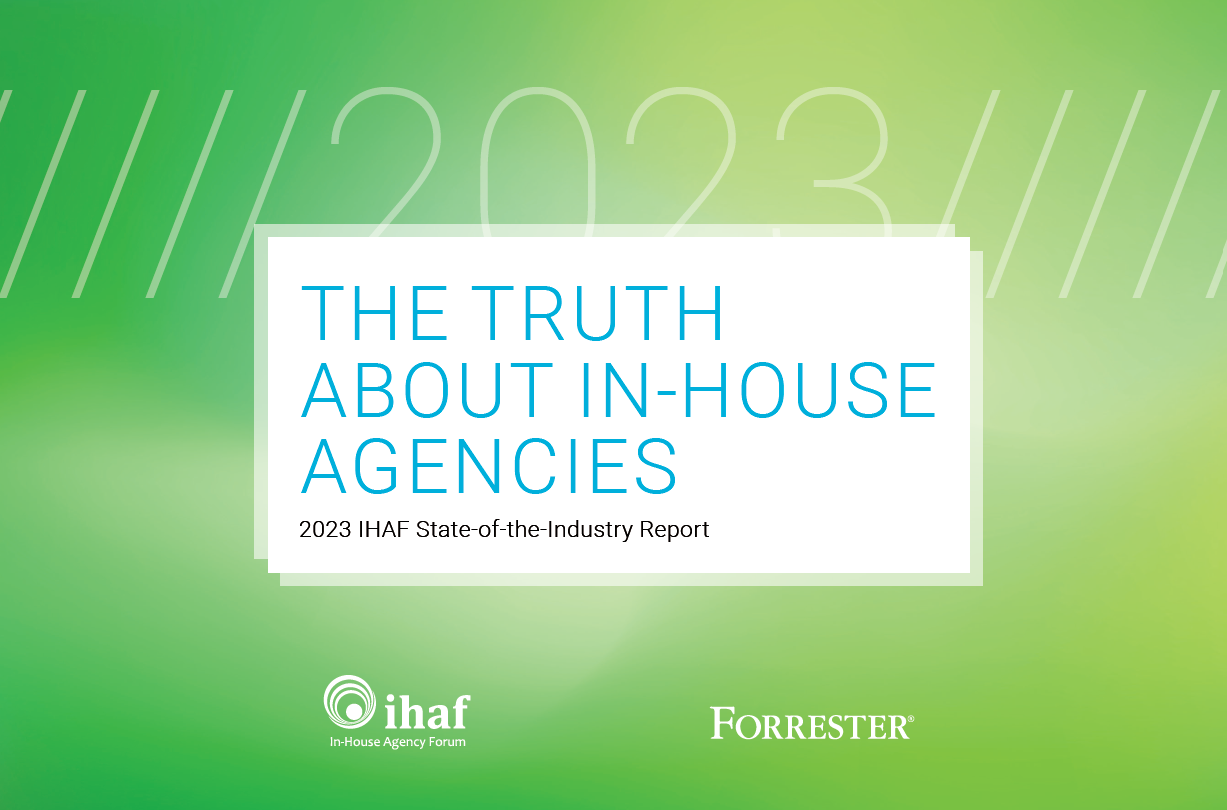Professional Development—Let’s Talk About It

Not long ago, I joined other members of our agency’s leadership team to celebrate the 30th work anniversary of one of our tenured art directors. We talked over lunch about how her career had evolved—from a call center position straight out of school to the agency’s secretarial staff and ultimately a position she loves as a plastics designer via a half dozen or so small steps.
Sadly, it doesn’t turn out that way for everybody, and it’s not always for want of talent. A surprising number of people fail to take full advantage of what their agencies and companies either already offer or would be willing to make happen for them if asked.
The reality is that no one looked at our agency’s young secretary and said, “By golly, she’d be a great art director!” What happened was that good managers understood that strengths like her attention to detail and interests like her love of art coupled with her own ambition to do more could take her career to places that would be more satisfying to her and of more value to the company. Then they gave her the opportunity, support, and leeway to make it happen.
So what are the pillars of successful professional development?
Individual Commitment—the subject of our example wasn’t working against a life plan. She focused on where she wanted to be next. But she didn’t wait for someone to cultivate her; she owned it!
Manager Investment—it’s the investment your managers make in listening to, supporting, and advancing talented contributors that will help them grow to meet the needs of your agency and/or company. Your managers are uniquely positioned to champion relevant development opportunities, and to coach and inspire your staff to pursue them.
Leadership Support—you’re an agency inside a corporation. No one is going to know better than you what your people need. Bring industry-specific training to your staff via services like Lynda.com or professional groups with webinars like IHAF. Give people opportunities to grow their skills by managing people, projects, or bodies of work. And make sure your team—all of them—are supporting the process rather than being obstacles to it.
Corporate Culture—if you don’t work for a company like ours, that provides a wealth of opportunities for individuals to strengthen their job and management skills, you’ll need to think outside the box. Pull in vendors and clients as guest speakers. Leverage on-staff experts for peer-led training. Establish internal resource groups for best practice sharing. And don’t forget to work your company’s tuition reimbursement program if you have one.
Your agency’s ability to attract and retain talented people depends largely on whether you are considered a good place to work. Invest enough time and attention in the professional development of your people and you’ll be a great place to work—even without free beer Fridays!
Recent Posts

In-House Data: Fact or Fiction?
October 16, 2023
I’m going to be honest with you, which I always am but this time it’s scary honesty. There are a lot of in-house agency research reports out there. And not all of them contain data that are close to the integrity of the studies IHAF publishes—the next of which drops at the IHAF conference on …

IHAF Wrapped
December 20, 2023
One of our favorite things to do at year-end is look back at the events, presentations, and online resources our members tapped most. (Why should Spotify have all the fun?) Here are a few of your favorites in 2023:
• New Assortment of Org Charts Download • Updated Job Profiles …



















%20(1).pdf%20-%20Copy.jpg)

%20(1).png)


No Reader Comments